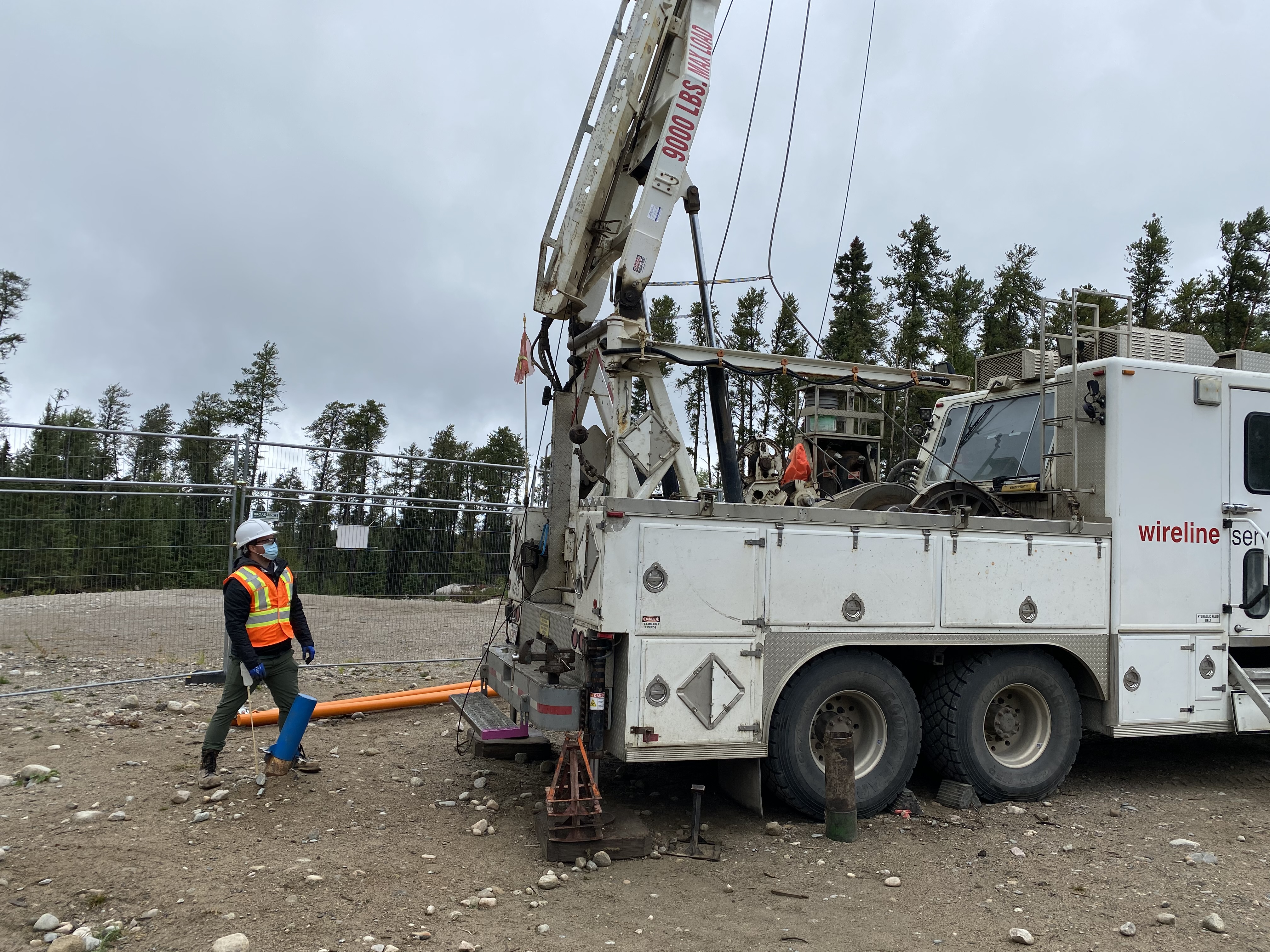In September, a group of scientists and engineers lowered six steel canisters (or modules) underground to a depth of 300 metres in a borehole drilling site located outside Ignace. Each module – filled with bentonite clay and pieces of copper – will be retrieved periodically over the next ten years to test how those materials will react in conditions similar to a deep geological repository for used nuclear fuel.
Why bentonite clay and copper?
The proposed deep geological repository that will contain and isolate Canada’s used nuclear fuel consists of a series of engineered and natural barriers that will work together to protect people and the environment. Copper and bentonite clay are two of the materials that will play important roles in the make-up of the multiple-barrier system. Scientists will characterize and quantify the properties of the materials through these tests to confirm their long-term integrity in a potential repository host site.
“This is the first time that we have run these tests at a potential repository site,” said an excited Dr. Jeff Binns, an Associate Scientist on the Engineered Barrier Science team at the NWMO that is leading this project. “By placing it near Ignace, we are able to mimic similar conditions to test the copper and bentonite.”
Dr. Binns and his Engineered Barrier Science team worked with their NWMO counterparts from the Geoscience team, as well as the Siting team in Ignace. “They have already collected a lot of data from this site,” said Dr. Binns. “We will use that data to help understand observations from the modules.”
The project was a collaborative effort that spanned across and beyond the NWMO. The equipment for the tests was put together and inserted into the boreholes by Solexperts, a Swiss geotechnical company, and Weatherford International, an American Irish multinational company. The tests are also part of research currently underway by two Canadian universities.
Dr. Sarah Hirschorn, Director of Geoscience at the NWMO, is looking forward to the information that will come out of these tests. “We will remove a couple of modules approximately every two years over a ten-year period,” said Dr. Hirschorn. “Upon removal, the modules will be disassembled, and the samples will be sent to our partners at Western University for corrosion analysis and the University of Waterloo for microbiological analysis.”
At a length of 30 centimetres, the modules themselves are not impressively large. The details they will reveal, though, will inform the design of a project with a massive scale.
About the NWMO
The Nuclear Waste Management Organization (NWMO) is a not-for-profit organization implementing Canada’s plan to safely contain and isolate used nuclear fuel inside a deep geological repository in a manner that protects people and the environment for generations to come.
Canada’s plan will only proceed in an area with informed and willing hosts, where the municipality, First Nation and Métis communities, and others in the area are working together to implement it. The NWMO plans to select a site in 2024, and two areas remain in our site selection process: the Ignace area and South Bruce, both in Ontario.

